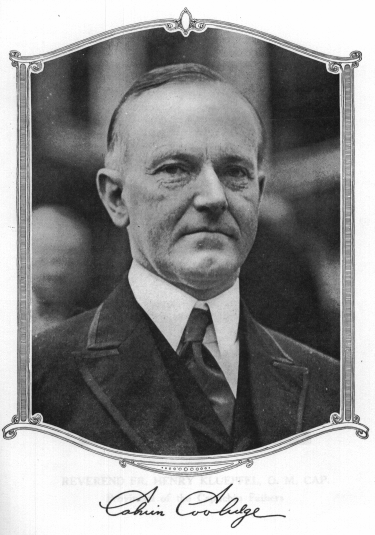Dealing with Incessant Talkers

Dealing with Incessant Talkers
Incessant talkers pose challenges to any relationship. Relationships require give and take in order for communication to happen. When there is no give and take, the communication is not good. The communication is not only poor, it is unhealthy. With incessant talkers, you are often the victim of their long winded rampages. Whether you call them diatribes, verbal diarrhea, or preaching, the effects are the same. They roll over you like a tidal wave. The feeling of being overwhelmed is common when dealing with these types. I like the image of a tidal wave in that it captures that sense of being flooded by these incessant talkers.
Before getting into how to deal with them, you need to first consider whether you really want to connect with them. When you connect with them, whatever issue they have will soon become your issue. They will give you a full dose of whatever their problem is. The incessant talking can function like a wall that protects you and them. It protects you, in that after a few minutes you tune them out and you never have to really connect with what they are telling you.
My own experience with incessant talkers is that they are often in pain. They talk in order to fill space. If they were silent, they would have to think and feel. Rather than think or feel, they talk. Talking somehow makes them numb to their issues. By being numb to any internal feelings, which are often negative, they feel better. In other words by shutting out the emotions, they feel more themselves. Their talking is often a way of conveying what they are feeling inside of themselves.
Since I usually tune them out as I do any droning sound, I do not tune into their issues. This sounds harsh, yet with incessant talkers, they often use talking to avoid actually facing whatever is bothering them. By giving lip service to their issues, they think it is being dealt with. Although they may exhaust whatever issue they are talking about, they are not really dealing with the issue, nor are they facing the issue.
In the times that I have listened to the incessant talkers, they are often like a verbal loop. They continue repeating the same themes over and over. Groucho Marx had a routine where he joked about someone talking so much that he suspected them being vaccinated by a phonograph needle. I often think about that old Groucho comment when forced to deal with these types. It makes me feel better on the inside.
When I do deal with them, there are several things I have tried. Since none of them works 100% each time, I often have to mix and match how to approach them. The first is the ‘confused’ approach. When the talker tells me so much, I validate them with a nice comment and then say, I am confused by what you said. I tell them that I really want to be clear on what they said, but that I am not sure which part of it they want me to respond to. When I do this, it forces them to set priorities and decide what is important.
Another way of dealing with incessant talkers is setting boundaries. I first try to use non-verbals in punctuating their sentences. When the non-verbals do not work, I use humor to act like I am out of breath in trying to keep up with everything they are saying. These ways of dealing with them have to be done carefully. When they are done in a brazen manner, the talker may say that you are ‘brazen’ or that you are not listening to them.
When my subtle non-verbal boundary setting does not work, I take things to the next level. I put more space between me and them. I turn my head and focus on other things. In some cases, this works. In others, the talker continues without interruption. Since others are not close to them, they are used to being ignored and consider my response ‘normal’. At that point, I use going to the bathroom or some other physical type of boundary imposition to stop the interaction.
Incessant talkers often believe that they are good communicators. They confuse volume with quality. By thinking that they are good at communicating since they talk so much, they often delude themselves. When they are caught up in their own world of thinking that they are great communicators, they are not open to any kind of confrontation. Even suggesting that they are not great communicators is often met with intense anger and attacks directed at the person daring to confront.
When I do seriously try to tune in, I listen for patterns. I also have to listen for places to break in. When incessant talkers never give you an opening, they send a message that they really do not want to be listened to, they just want to vent. In such cases, they are using talking to keep people from getting close to them. If I am not dealing with a venting person, the talker allows some openings. The patterns often give me a clue as to how to approach the opening.
Once I have a pattern I ask questions to help me understand what is going on. When the talker wants to be listened to rather than just create noise, they oblige me on this. By asking questions that clarify what is being talked about, they often have to slow down. In slowing down, they have to begin thinking about what they are saying.
An approach that does little to improve communication, yet keeps the peace is the ‘smile and nod’ approach. When I smile and nod, they assume I am listening. This approach often works at keeping the peace at family get togethers and sensitive business settings. When my children joke about how there are times when celebrities and royalty just smile and wave, I am reminded of this approach. I also think about the stories concerning President Calvin Coolidge, who was noted for his silence, hence the moniker ‘silent Cal’. He often had to deal with talkative people and managed to avoid getting caught up in their conversations by being silent. With some people, the ‘Silent Cal’ approach works well. They feel better, I was respectful and the get together or meeting goes well.









